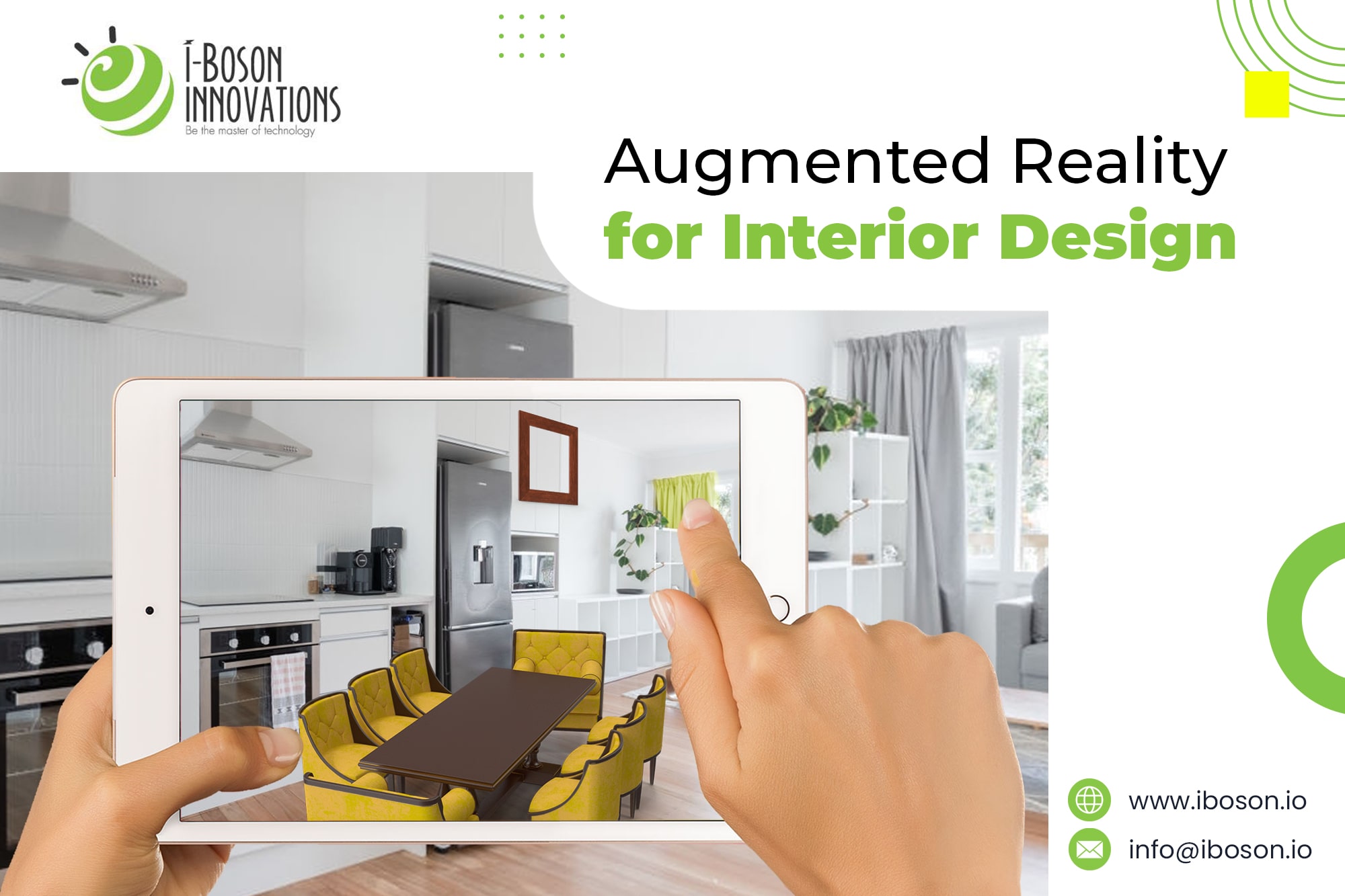Augmented Reality for Interior Design
November 25, 2021
With industries like automotive, healthcare, retail, manufacturing, gaming, etc., leveraging augmented reality to benefit from its capabilities, the interior designing sector is not far from completely adopting AR. In fact, augmented reality has already started to disrupt the interior design sector by assisting in every step of designing and allowing them to turn static 2D models into interactive 3D models.
Interior designing is challenging, especially when a customer can't decide what interior or decor they want and keeps on changing their minds. With augmented reality, you can improve many of the challenges you are currently facing while designing.
If you know the IKEA Place app, you may then be familiar with how AR based interior décor shopping. Similarly, you can showcase the entire design and various styles to your clients using AR, enabling them to visualize how their space will look after actually designing it.
The Use cases of Augmented Reality in Interior Design
Below are some use cases of integrating AR into interior design.
1. Architecture Planning
Augmented reality makes the current planning, designing and architecture visualization process easy for designers and architects. Even the minute details at each point in the planning stage can be effectively communicated through interactive 3D models to the client and thus speed up the approval time.
2. Enhance Visualization
Augmented reality in interior design helps better visualize the space even before starting the actual work. AR provides the ability to visualize any space to the style a client wants. All you require is a smartphone or tablet with all the required models in it. Then by just scanning the space, a client can easily visualize each style. This helps to choose the right one and saves hours of edits and remodeling.
3. Interior Tours for Buildings
Earlier, customers could only see the space they planned to buy through blueprints or mid-construction. But now, by utilizing AR, they can see virtual tours of the entire building even before laying the foundation.
4. Training new Architects and Designers
Immersive training with augmented reality helps new architects and designers to improve their hands-on experience and speed up the learning process.
What are the Benefits of using Augmented Reality in Interior Designing?
What are the Benefits of using Augmented Reality in Interior Designing?
- Increased customer retention rate
- Improved communication with clients
- Reduced product return rate
- Enables customers to make informed and confident buying decisions
- Reduction in the need for remodeling
Summing up
Using augmented reality for interior design brings a vast improvement in this sector and makes it livelier and more convenient. If you are looking to create AR experiences for your interior design company without any technical complexities, we can help. Please send us a mail at info@iboson.io or visit www.unitear.com.
